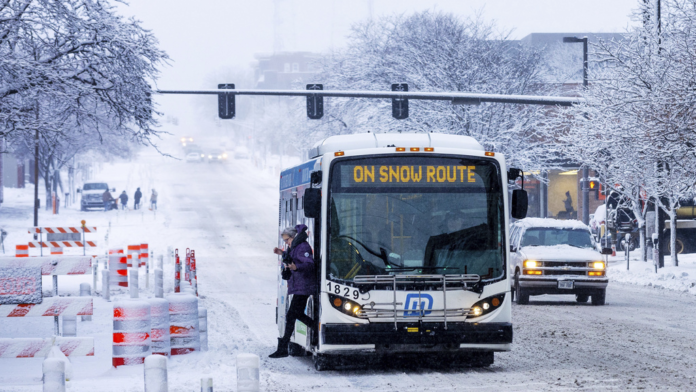A lack of reliable transportation could have adverse health outcomes, especially among adults who are older, uninsured and have lower incomes, according to the Centers for Disease Control and Prevention (CDC).
According to a new analysis published by the CDC, about 5.7 percent of adults — between 13 million and 14 million people — lacked reliable transportation for daily living in 2022.
The analysis defined a lack of reliable transportation as one’s response to the question, “In the past 12 months, has a lack of reliable transportation kept you from medical appointments, meetings, work, or from getting things you needed for daily living?”
“Previous research suggests that a lack of transportation, especially among adults who are older, uninsured, and have lower incomes, leads to reduced access to health care, which may then lead to adverse health outcomes,” according to the analysis.
The percentage of those lacking reliable transportation decreases with age. About 7 percent of adults 18 to 34 years old don’t have reliable transportation, whereas 4.5 percent adults ages 65 and older said the same.
When it comes to other demographics such as race, American Indian and Alaska Native non-Hispanic adults were more likely to lack reliable transportation, at 17.1 percent compared to 3.6 percent of Asian adults, 4.8 percent of white people, 6.9 percent of Hispanics and 7.6 percent of other or multi-race adults.
The CDC found Black individuals were more likely than white and Hispanic adults to lack reliable transportation, at 9.2 percent.
As family income and education level increased, the number of those without reliable transportation decreased, the analysis added. About 16 percent of adults making less than the federal poverty level lacked reliable transportation in 2022, compared to only 2.9 percent of adults who made at least 400 percent of the poverty level.
Adults with less than a high school diploma or GED were more than twice as likely than adults with a college degree or higher to lack reliable transportation: 9.7 percent to 3.8 percent.
Those in the West North Central region of the country — which the CDC defines as Iowa, Kansas, Minnesota, Missouri, Nebraska, North Dakota, and South Dakota — were more likely to lack reliable transportation compared to the national average. About 7.5 adults in the region did not have reliable transportation, compared to the national average of 5.7 percent.
Transportation can play a large role in helping U.S. residents access health care facilities. Without an ability to get to such facilities, individuals can often delay medical care and risk their health as a result.
The Robert Wood Johnson Foundation argued in a brief that access to public transportation could “reduce health disparities and healthy equity by increasing access to healthier food options, medical care, vital services and employment opportunities.”
The CDC analysis used data from the 2022 National Health Interview Survey.



